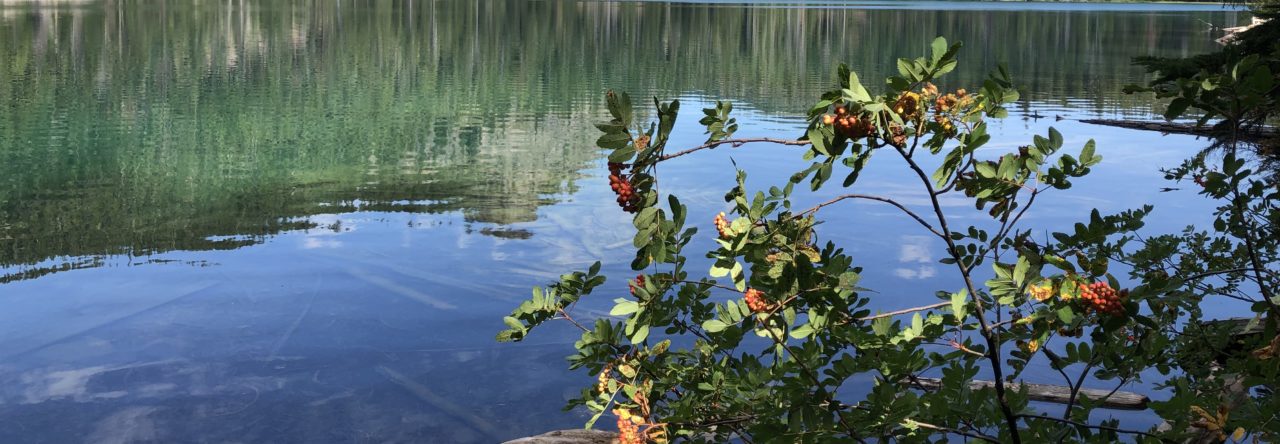
Thermarest Neo Air XLite Sleep Pad
Are you wondering how a backpacker makes a bed? Most boil down to two to four pieces for a cozy night’s sleep. A pad, bag (or quilt,) and optionally a sheet liner or pillow.
Here’s a brief video of what I use
Starting out I kept all bedding in a bag. Since this video was made, I pack things differently, mainly, not stuffing the quilt in a small bag. It is just stuffed in the bottom of the backpack allowing other things to conform and squish together efficiently.
What’s a quilt vs a sleeping bag? Basically, a quilt is a sleeping bag without a zipper. Usually, there is a sewn foot box and the rest lays open like a quilt. You can tuck it around you or easily hang out a leg if you’re a warm sleeper like me. It also comes with straps that go around the pad to keep it in place if needed. The warmth of either a sleeping bag or quilt is in the loft or puffiness of the filling. In a sleeping bag, you are laying on the bag, crushing the loft, so when you roll over there’s a cold spot until that filling restores its loft.
I have graduated from a Go-Lite 20-degree bag (no longer available) to an REI Magma 30-degree quilt and more recently a zPack 10-degree Solo Quilt. This gives me a good range of warmth to choose from depending on where I’ll be hiking. Whether shopping for a bag or quilt, there are so many options. At the end of the article is a list of American Cottage Industries offering
A good insulating pad is required with a quilt, as it reflects your body warmth while the quilt keeps you warm from the top and sides. For myself, an active side-sleeper, the added advantage of a quilt is that I don’t get all twisted up and feel trapped inside a bag! It’s miserable waking up with your face buried in the hood of the bag wondering how do I get out!
Main considerations for sleeping pads: are length, width, weight, and R-Value (how much warmth the pad provides.) My pad of choice is the Thermarest Neo Air XLite weighing 12 oz, 66″ x 20″ an R-value of 5.4, and 2.5″ thick. But there are many great choices
Here is a link so you can shop for a pad that suits your needs and price point. Backpacking sleep pads.
Pillows and liners come in many forms and are considered luxury items. Liners can add several degrees of extra warmth and come in synthetic or silk. My liner of choice is the Sea to Summit Compact Reactor liner that adds up to 20 degrees of extra warmth. Heck, if I’m going to carry the extra weight of a liner, I may as well get at least 20 degrees! A good place to shop is here at Amazon
These are some links to other cottage-industry American made quilits and sleeping bags:
REI; and many more.
Many of these are items I use personally and others are recommendations if you are starting out planning your purchases, you should know that “As an Amazon Associate I earn from qualifying purchases.”
All my equipment is paid for by myself and I do not accept sponsorships. This way I can share uninfluenced reviews on my gear.




